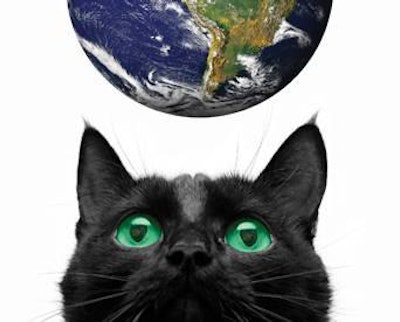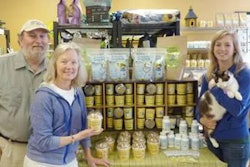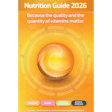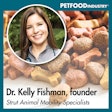
The world petfood market is worth US$65.8 billion and registered 3.9% growth over 2010, says a recent report by the Italian Pet Food and Pet Care Association (ASSALCO). The spread of a different attitude towards pets, together with increasing international urbanization, has contributed significantly to the increase in the number of pet owners, in turn driving greater demand for petfoods across various regions. And this trend shows no signs of stopping, even during worldwide economic uncertainty. The global petfood market is currently forecast to reach US$95.7 billion in 2017.
Let's take a closer look at petfood markets in different regions and find out who's growing, who's slowing and who's emerging around the world. For numerical data, please refer to Figures 1 and 2 for Euromonitor International's take on global petfood sales and a breakdown of global value sales of petfood by region.
Market under the microscope: Latin America
According to Euromonitor International, Latin America’s pet care market continues to perform well, with retail values growing faster than any other region. By 2016, Brazil will usurp Japan as the world’s second-largest pet care market, behind only the US. Retail prospects remain strong, as urbanization continues, disposable incomes rise and more consumers turn to pets for companionship. As Latin Americans move from pet ownership to pet “parenthood,” opportunities will arise for those manufacturers savvy enough to seize them.
Argentina was Latin America’s fastest-growing pet market from 2006–2011 (see Figure 4), driven by strong consumer spending, high grain prices and a growing demand for goods from Brazil, but was hindered by inflation in the region. Dog food accounts for 73% of Argentinean petfood retail values, with only 31% of pet owners feeding commercial petfoods, which means there is still significant room for potential growth. Although cat treats remains a niche category across the Latin American region in absolute terms, sales are growing strongly. For instance, Chile is the world’s fastest-growing market for cat treats, achieving impressive 22% constant value growth in its second year. In dog treats, Argentina is the world’s fastest-growing market, with year-on-year gains of 21% expected in 2012.
Market under the microscope: Western Europe
According to the 2012 Assalco-Zoomark Report on the Feeding and Care of Pets in 2011, the Italian petfood market grew both in turnover and in volume purchased, remaining one of the few product sectors in that region which has experienced growth during the European economic crisis. A total of €1.6 million (US$1.97 million) with a corresponding 536,900 tons of dog food and cat food saturated the Italian market during that time. This is an overall 2.1% growth in value terms in the dog and cat food segment. To compare, in Europe (taking into consideration Italy, France, Germany, the United Kingdom, Spain and the Netherlands), sales have increased in value terms, though to a limited extent: 1.6% in 2011, according to the report. In Western Europe, where pet care is expected to perform sluggishly overall, the cat treats category is expected to post 5% constant value growth in 2012. Germany leads global spending in pets, with US$44 per cat-owning household currently spent on treats.
There continues to be a moderate increase in dog and cat food sales volumes in Italy which in 2011 led to a 0.5% increase for distribution channels. "Italians now seem aware of the importance of a healthy and proper diet for their animals’ well-being, and will continue to feed them kibbles and canned foods despite economic difficulties," concludes the report. The data also suggests a growing demand for innovative products in the premium and superpremium brackets, with specialization in functional and therapeutic foods and products characterized by leading-edge packaging and small sizes in both dry dog food and wet cat food.
Market under the microscope: Asia Pacific
According to Euromonitor International (see Figure 3), the Asia Pacific region is growing in some places (India, Indonesia, Thailand) and maturing in others (Japan). From 2010–2011, cat food and dog food declined in volume (down 4.75% and 2.45%, respectively) across the region, but sales of petfood continued to increase (3.27% in cat food and 4.16% in dog food).
Excluding Japan, specific retail markets experienced significant growth in 2006–2011, including a growth rate of 168% in Internet retailing, 118% in pet superstores and 63% in supermarket and hypermarket channels. Countries like Thailand, Taiwan and Malaysia, according to Euromonitor International, can all sustain a premium products market due to increased consumer interest and relatively stable mid-range incomes.















